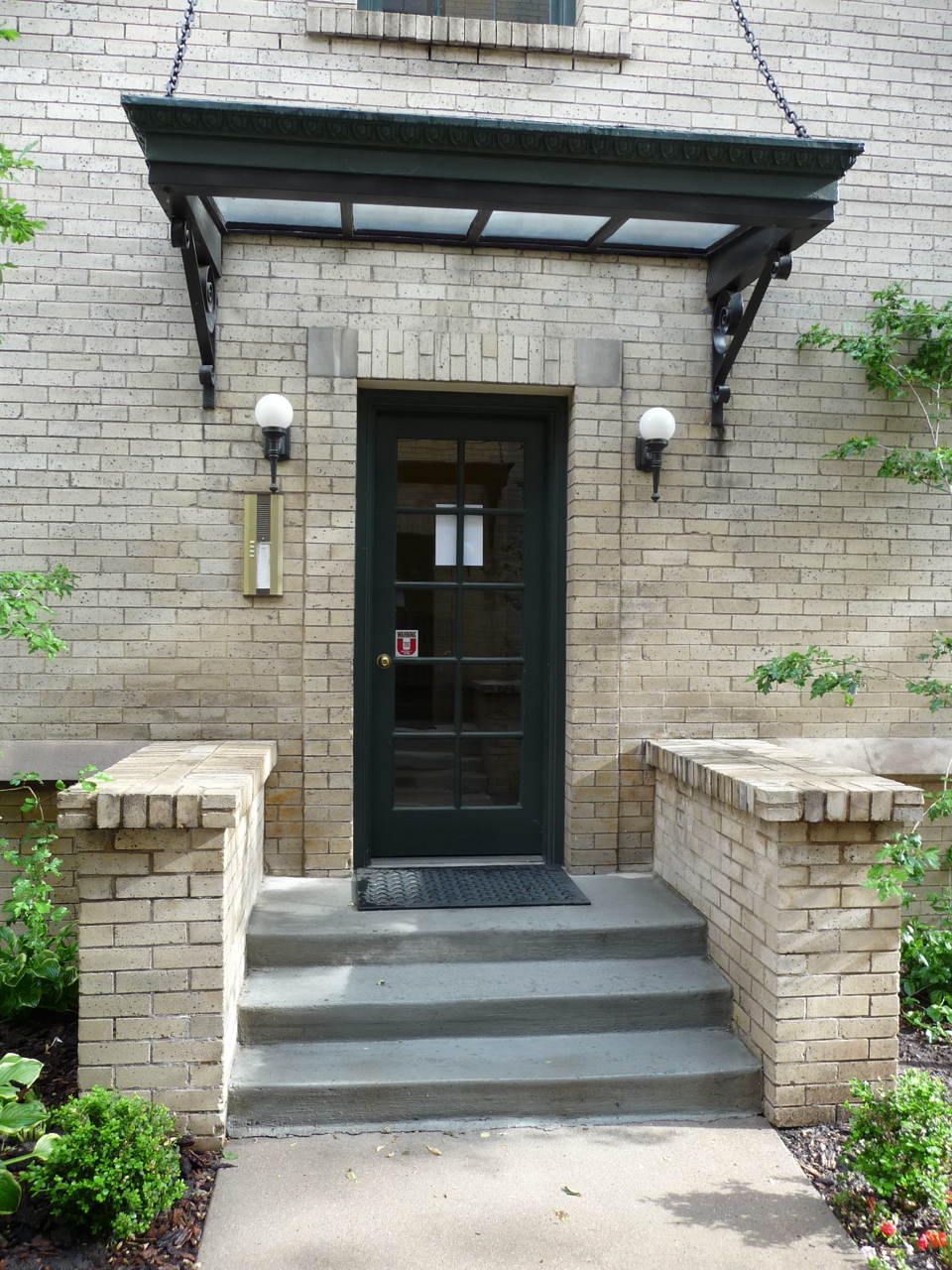Sorting through the the Small Developer Basics; Land Cost, Total Project Cost, and Likely Rents
I got these questions from a fellow looking hard at some infill sites, trying to make sense of the pro forma I sent him with the single stair Walk-up buildings:
My reply:
Typically the land price is not the driver you can pay $12-$16 per SF on the land and not upset the cost side of the equation too much, since the cost for the finished lot is a lower percentage of the overall project cost that the hard and soft construction costs are. Here is an easier way to approach the basic go/no go analysis:
- Before thinking about cost per sf or rents per sf, think about total project cost per door(per unit) and typical rents per door (per unit).
- Use "the rule of 100" a very workable rule of thumb that says the the total project cost per door should not exceed 100 X the monthly rent for a typical unit.
- If the rent for a one bedroom unit is $900, you should not exceed $90,000 per door in total project costs (finished lot, hard and soft costs).
- Here's where good design can provide an advantage, if the typical one bedroom unit in the neighborhood is 850 SF for $900 per month that translates to $1.06 per SF. The thing is, nobody thinks about what they are paying in rent in terms of per sf metrics. They think about it as a check they write every month. So, if you can build better units at 750 SF and rent them for $900 per month, that translates to $1.20 per sf, but you have to think in terms of specific unit design, and specific site plans so that you can see the arbitrage between what you want to build and the other guy's product where he build a lot of off-street parking and a lot of landscaping, pool, clubhouse, etc.
- The rough breakdown of project cost is typically something like this: Hard cost: 65-70% Soft Costs 20-25%, Finished Lot 8-15%.
- That project cost per unit cap of $90,000? divided by 750 SF = $120 per sf all in.
- 70% of $120 = $84 per in Hard Cost, 20% for Soft costs = $24 per sf and 10% for the Finished Lot = $12 per building sf (not lot area).
When you look at comparable rents, consider that you will be delivering newly constructed units which will typically command a 10%-25% rent premium over older units in the same area. Also think about proximity to urban amenities, light rail stop, food and drink, trail system, parks etc. You don't want to talk yourself into an assumed rent that is way above what tenants will actually pay, but you don't want to undervalue your units either. It's important to document your assumptions on rents, since they drive the whole thing.

